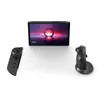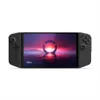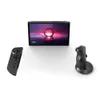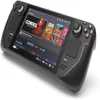Lenovo Legion Go S — 3 reasons to buy and 3 reasons to skip
Here are reasons to consider or avoid the latest Lenovo gaming handheld
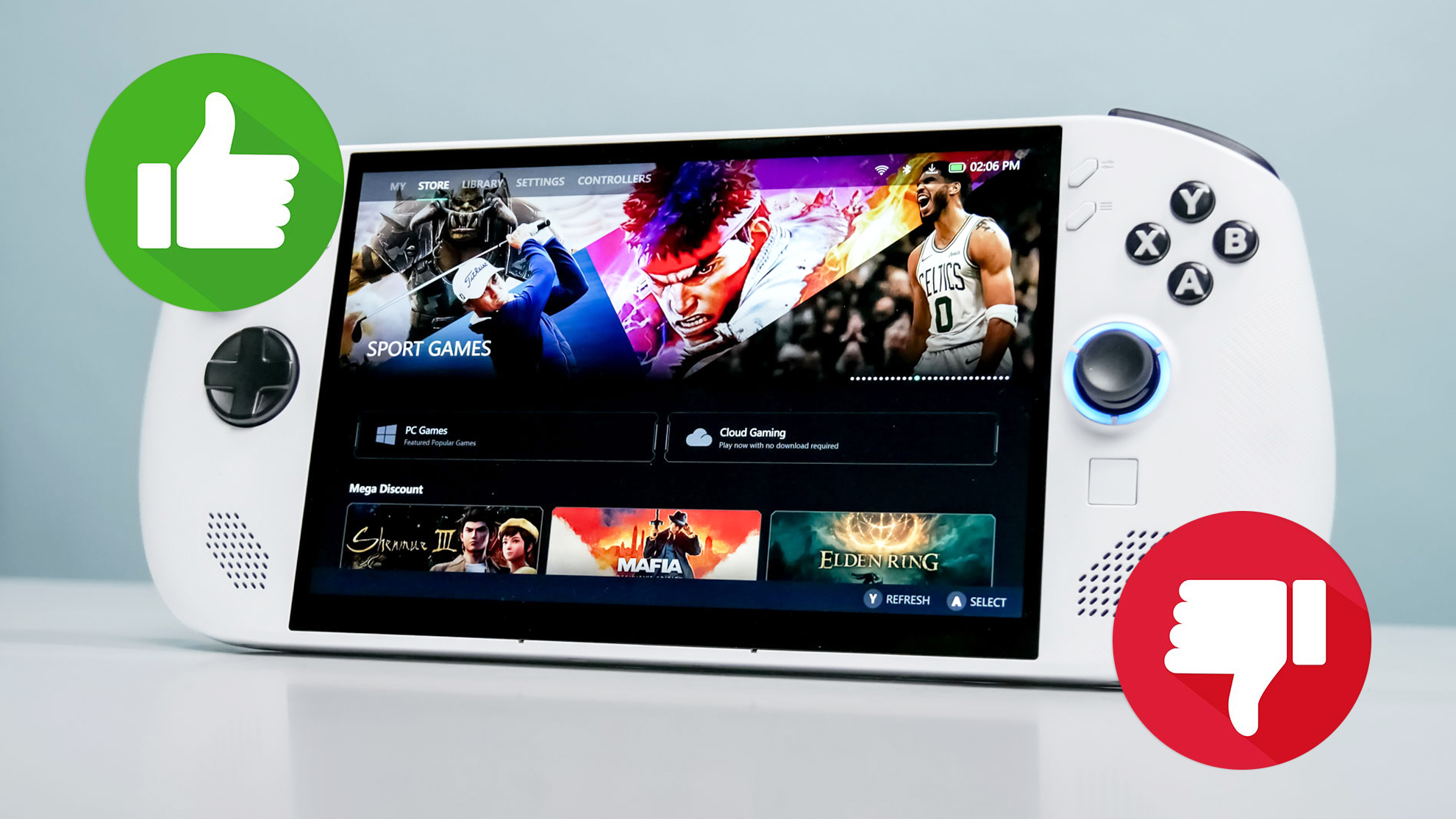
The Lenovo Legion Go S is the latest Windows 11 handheld to challenge the best gaming handheld consoles. Serving as a more portable version of the Lenovo Legion Go, this new handheld ditches detachable controllers for a more streamlined ergonomic design. It also features a sharp 8-inch LCD display and decent battery life.
While the new Lenovo handheld has plenty of strong attributes, it’s not perfect. The new AMD Ryzen Z2 Go chip delivers questionable gaming performance. And since this is a Windows 11 PC, you’ll have to deal with that operating system’s quirks, only on a smaller screen. The Legion Go S also has a steep asking price for what it offers.
Is the Lenovo Legion Go S right for you? Here are 3 reasons to buy and 3 reasons to skip this handheld console.
Lenovo Legion Go S — 3 reasons to buy
Ergonomic design
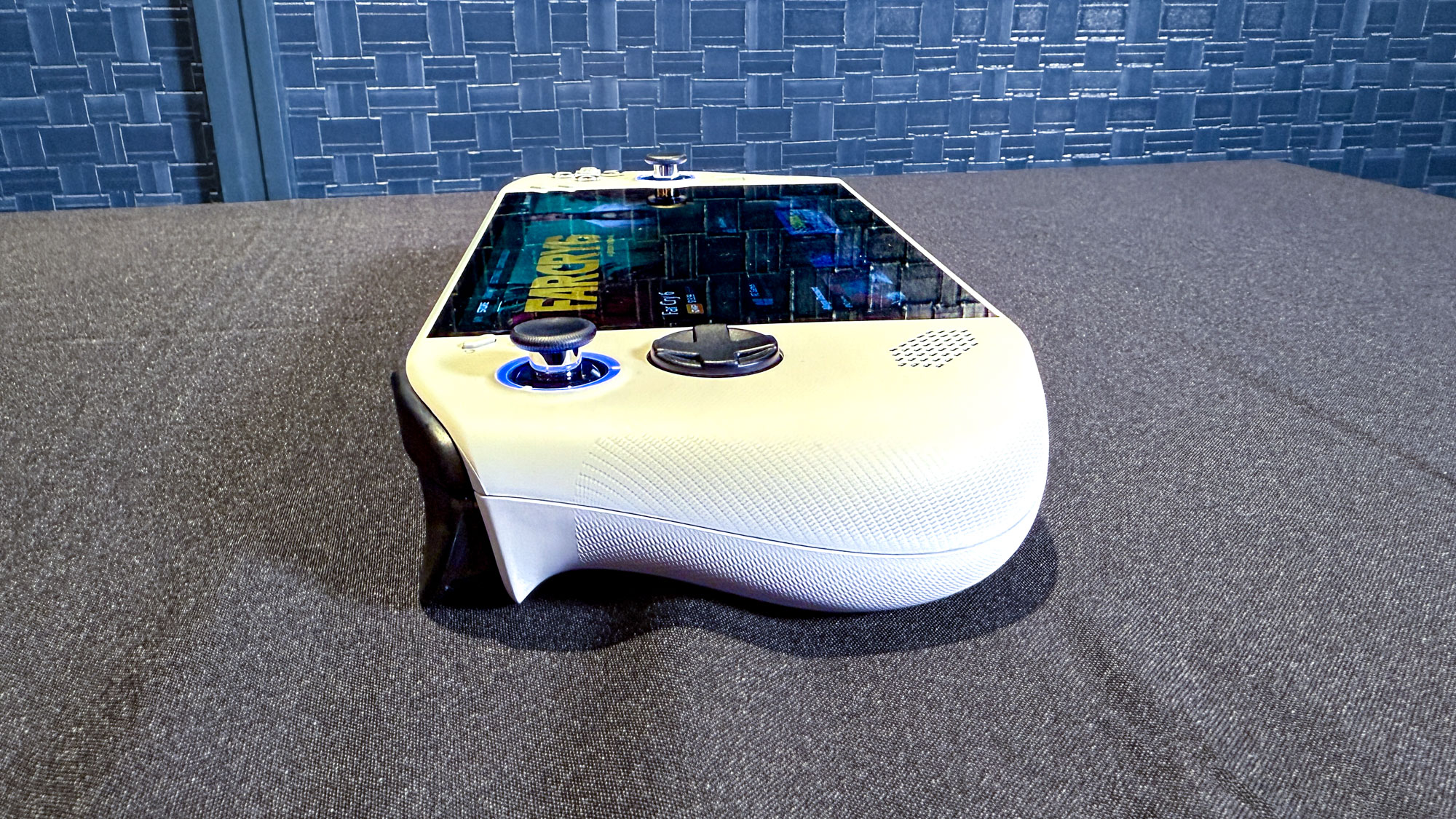
The Legion Go S has rounded textured grips instead of the flat grips on the Legion Go. It ditches the latter’s detachable controllers in favor of a unibody design. Combine that with the smaller size and you get a machine that’s easier to hold for longer periods.
Other useful design features include trigger locks for the L2 and R2 buttons, which work nicely for first-person shooters. The new rounded D-Pad is great for fighting games like Street Fighter 6, while the two programmable back buttons provide additional inputs. The smooth analog sticks and soft face buttons are also very responsive.
The Legion Go S isn’t reinventing the wheel in terms of handheld design, but that’s fine considering how comfortable it is to play on.
Sharp 8-inch display
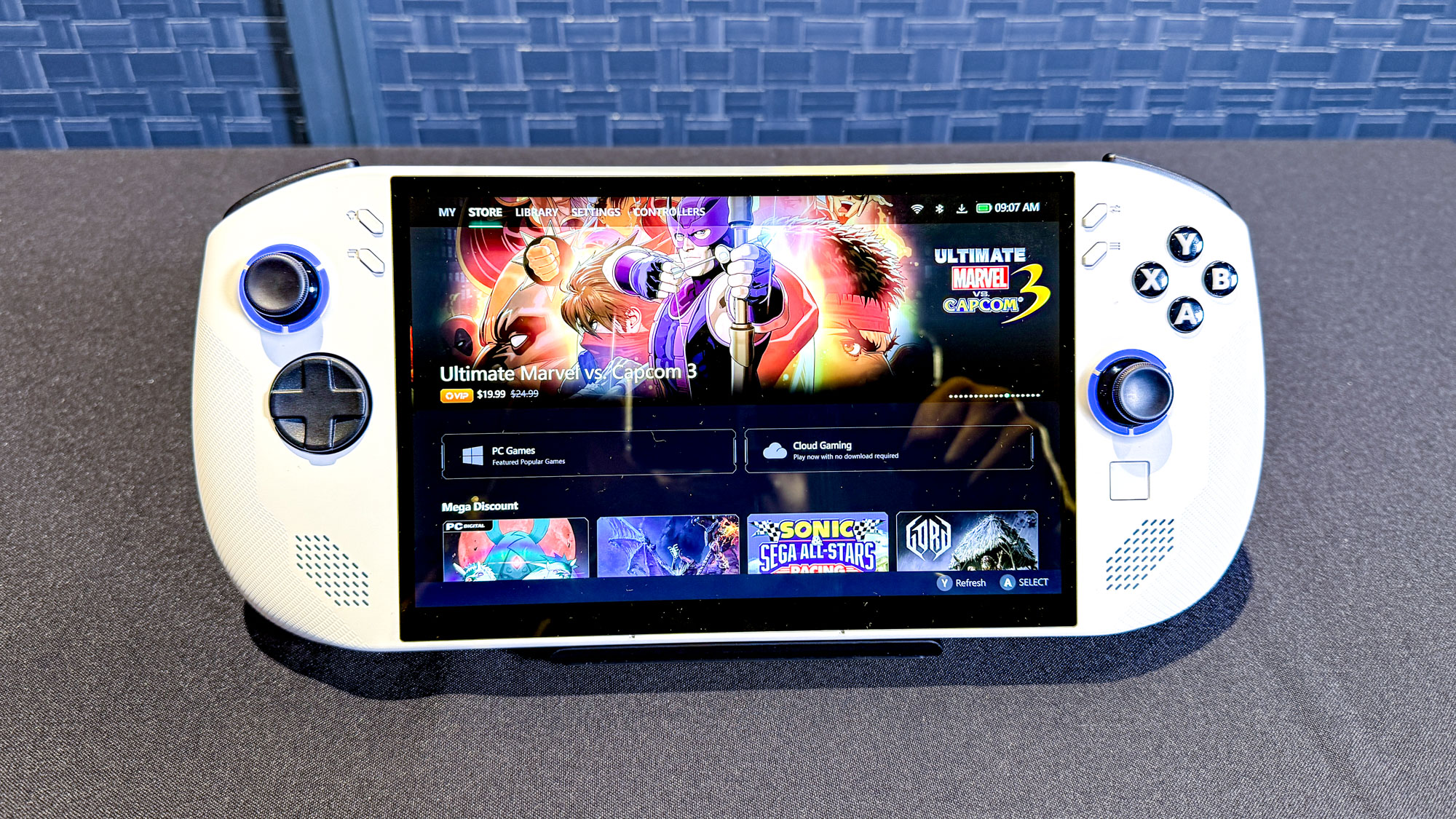
The Legion Go S has a smaller display than the Legion Go, but the former’s 8-inch panel is still larger than the 7-inch panels found on competitors like the Asus ROG Ally X and Steam Deck OLED.
| Row 0 - Cell 0 | Lenovo Legion Go S | Asus ROG Ally X | MSI Claw 8 AI+ |
| Nits (brightness) | 455 | 523 | 476 |
| sRGB | 119.7% | 112.7% | 113.6% |
| DCI-P3 | 84.8% | 79.8% | 80.4% |
| Delta-E | 0.24 | 0.36 | 0.32 |
Thanks to the sharp 1920 x 1200 resolution, everything on the screen comes through nice and clear. The display is also bright and colorful, which is not only good when playing games, but also when you’re watching videos on this device. The up to 120Hz refresh rate also ensures everything runs smoothly.
Runs cool & quiet

Handhelds like the original Steam Deck can get pretty loud and also run hot. That’s not the case with the Legion Go S as it’s one of the quietest and (literally) coolest handhelds I’ve tested.
That’s not to say the machine is completely quiet. You’ll certainly hear the fans going when you’re downloading or installing games. But when you’re drifting along a muddy road in Dirt 5 or blasting demons in Doom Eternal, you’ll barely notice the fans running even if you have the speakers’ volume low.
The Legion Go S also doesn’t get too hot. In our heat test, the Legion Go S gets warmest near the center of its back vents, reaching 89.5 degrees Fahrenheit. Since your fingers don’t naturally rest near this spot, this won’t be an issue. Overall, this machine remains cool to the touch even during long play sessions.
Lenovo Legion Go S — 3 reasons to skip
Unimpressive performance
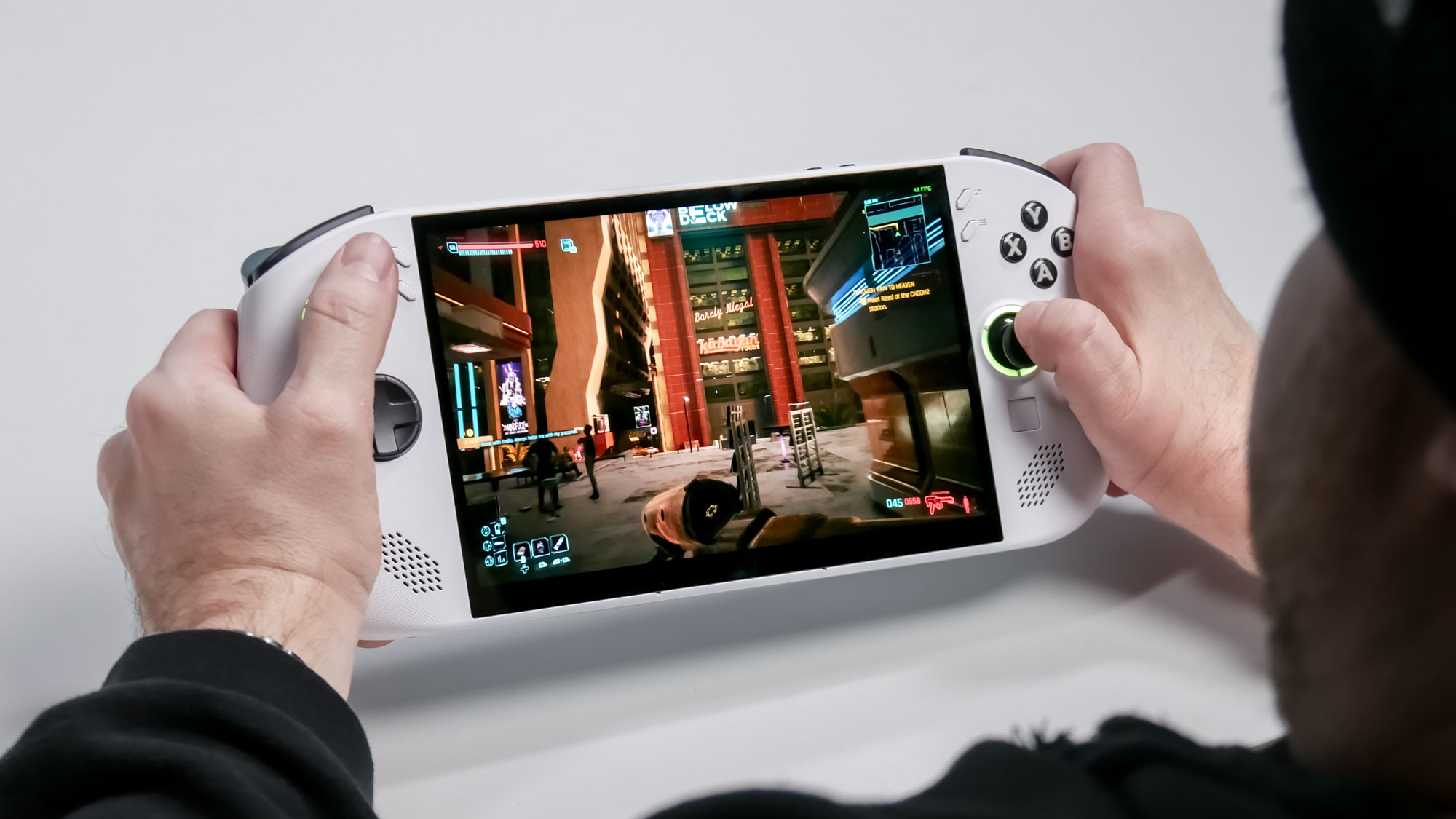
The Lenovo Legion Go S that’s currently available packs an AMD Ryzen Z2 Go chip, 32GB of RAM and a 1TB SSD. In terms of performance, the Ryzen Z2 Go sits between the AMD Ryzen Z1 and Ryzen Z1 Extreme. It’s important to keep that in mind if you’re expecting amazing performance from the Legion Go S.
Doom Eternal, which is one of the best-optimized games, runs at a choppy 25 frames per second at native resolution and medium graphical settings. Cyberpunk 2077 fares even worse in the Steam Deck graphical setting, running at a brutal 10-15 frames per second. I had to set both games at 720p resolution and low graphical settings to get them to run near or just slightly above 30 fps.
| Row 0 - Cell 0 | Lenovo Legion Go S | Asus ROG Ally X | MSI Claw 8 AI+ |
| Assassin’s Creed Mirage | 32 fps | 31 fps | 40 fps |
| Cyberpunk 2077 | 5 fps | 9 fps | 14.7 fps |
| Red Dead Redemption 2 | 23 fps | 26 fps | 33 fps |
For our lab tests, where we utilize a game’s built-in benchmark tool, the Legion Go S didn’t fare much better. At 720p and medium graphical settings with the device set to performance mode, Lenovo’s handheld struggles to run most games over 32 frames per second. Assassin’s Creed Mirage is one of the few examples where Lenovo’s handheld does well, even matching its competitors. Cyberpunk 2077’s benchmark results aren’t great either but the game didn’t do better on the other systems.
Windows 11 is still a headache on handhelds
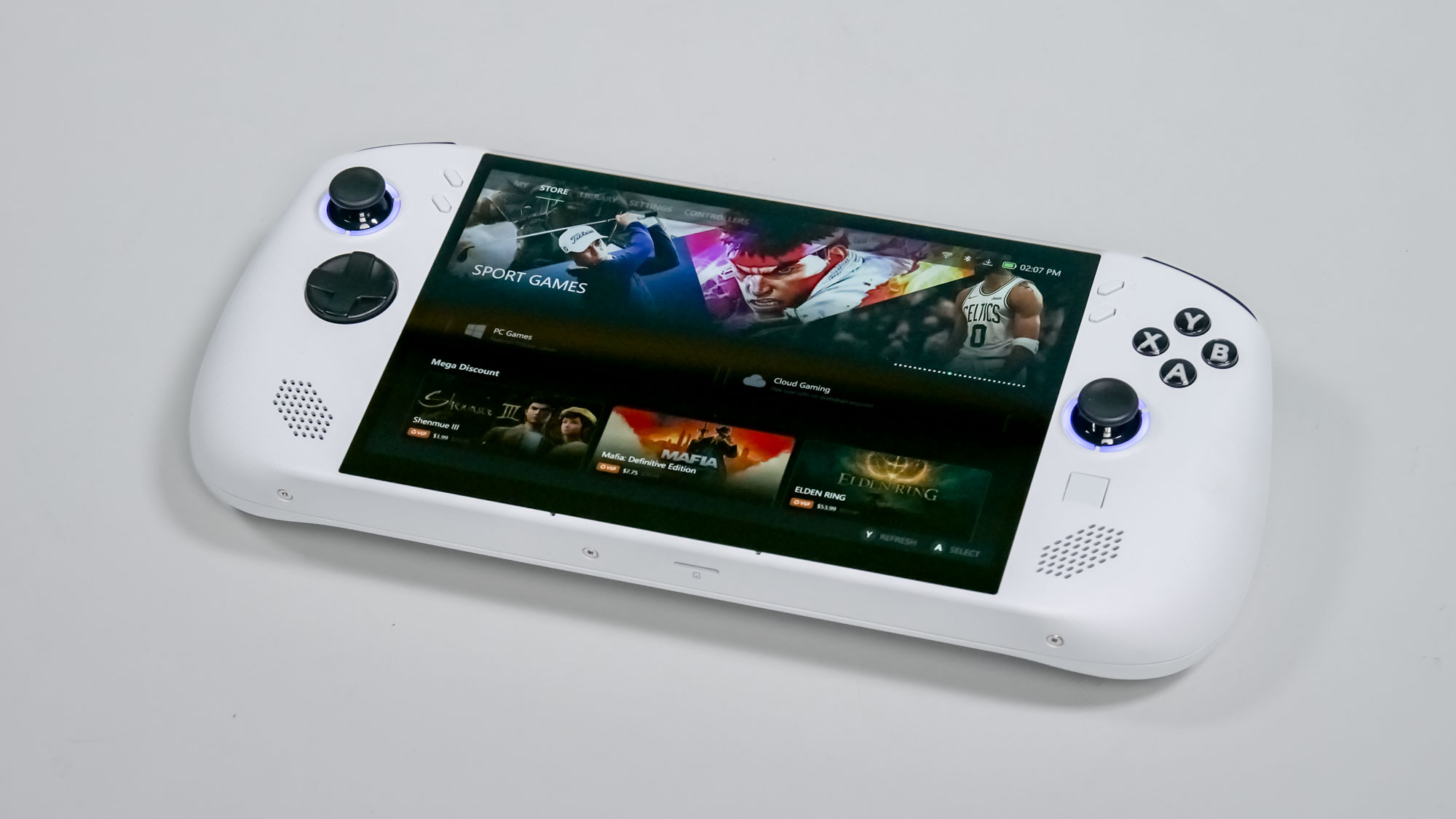
Using Windows 11 on the best gaming PCs and best gaming laptops is fine, but the same isn’t true for gaming handhelds. While the Legion Space launcher on the Legion Go S works great with controller inputs, that’s not the case with Microsoft’s operating system. Moving the mouse cursor with the right analog stick or your finger on the 8-inch screen when navigating the desktop is a pain.
On top of being clunky on touchscreens, Windows 11 also seems to contribute to slowing down gaming performance and battery life — which is something we noted in our article about turning an Asus ROG Ally X into a Steam Deck. Because of this, you’d be better off waiting for the SteamOS model of the Legion Go S, which we hope will offer better performance and endurance than the current Windows 11 version.
Steep price

Price is arguably the biggest negative aspect of the Legion Go S. As configured, the system costs $729. Though that’s $70 less than the Asus ROG Ally X, the latter offers better value since it has better performance thanks to its Ryzen Z1 Extreme chip.
On top of that, Lenovo will launch $499 Legion Go S models in the coming months. These will start with 16GB of RAM, 512GB of storage, and your choice of SteamOS or Windows 11. You’ll even be able to configure units with the Ryzen Z1 Extreme chip. Given all that, it’s better to wait for the upcoming Legion Go S models.
Bottom line
The Legion Go S has a comfortable design, excellent display and runs nearly whisper quiet. However, given its high price and mediocre performance, it’s best to wait for the aforementioned models with SteamOS and the Ryzen Z1 Extreme chip. Those machines should hopefully unlock the true potential of this handheld brand.
While I can’t fully recommend the current Lenovo Legion Go S, it’s upcoming versions could be true Steam Deck challengers.
More from Tom's Guide
- Xbox handheld — 5 things I want to see
- The best gaming handhelds of CES 2025
- Rumored PlayStation handheld seemingly confirmed
Sign up to get the BEST of Tom's Guide direct to your inbox.
Get instant access to breaking news, the hottest reviews, great deals and helpful tips.

Tony is a computing writer at Tom’s Guide covering laptops, tablets, Windows, and iOS. During his off-hours, Tony enjoys reading comic books, playing video games, reading speculative fiction novels, and spending too much time on X/Twitter. His non-nerdy pursuits involve attending Hard Rock/Heavy Metal concerts and going to NYC bars with friends and colleagues. His work has appeared in publications such as Laptop Mag, PC Mag, and various independent gaming sites.


